The world today is struck by a global refugee crisis, the magnitude of which is hard to map. And among the throngs of people displaced from their native homes, and struggling to find basic shelter are the Rohingya Muslims, often known as the most persecuted minority in the world.
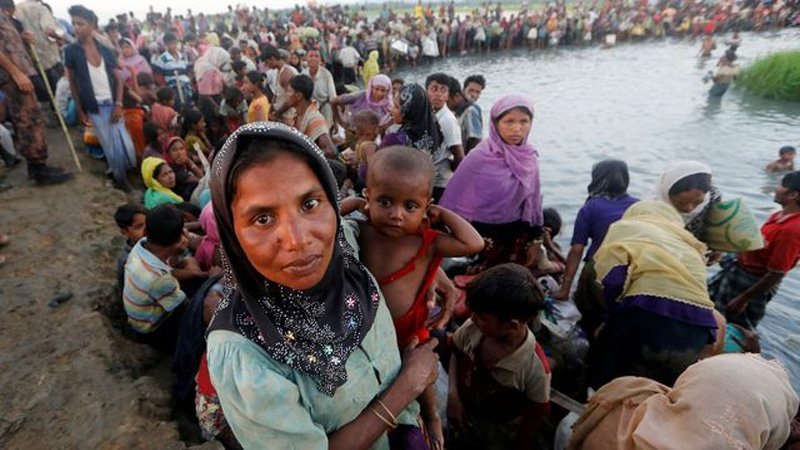
Actor Priyanka Chopra visited Cox’ Bazar, too, as part of a UNICEF field visit.
She posted images of the extremely destitute conditions that the refugees are facing, not just to reach the camp, but also after arriving at a settlement that has reached its limit to accommodate any more people.
Along with battling the lack of basic healthcare, no prospective future, and continuous starvation, the refugees stand to fight one of their most difficult battles now – the one against the climate.
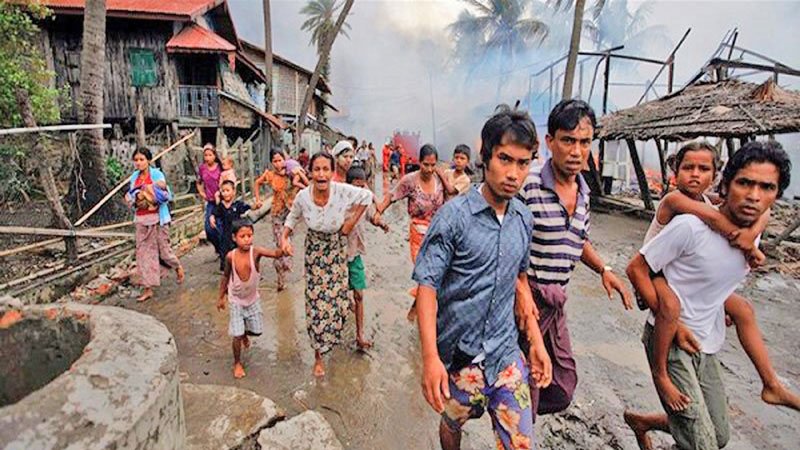
Here’s everything to know about world’s largest refugee camp site, set up on Cox’s Bazar in Bangladesh:
1. The Kutupalong and Nayapara refugee camp in Cox’s Bazar, Bangladesh, house over 1 million refugees, making it the world’s largest refugee camp.
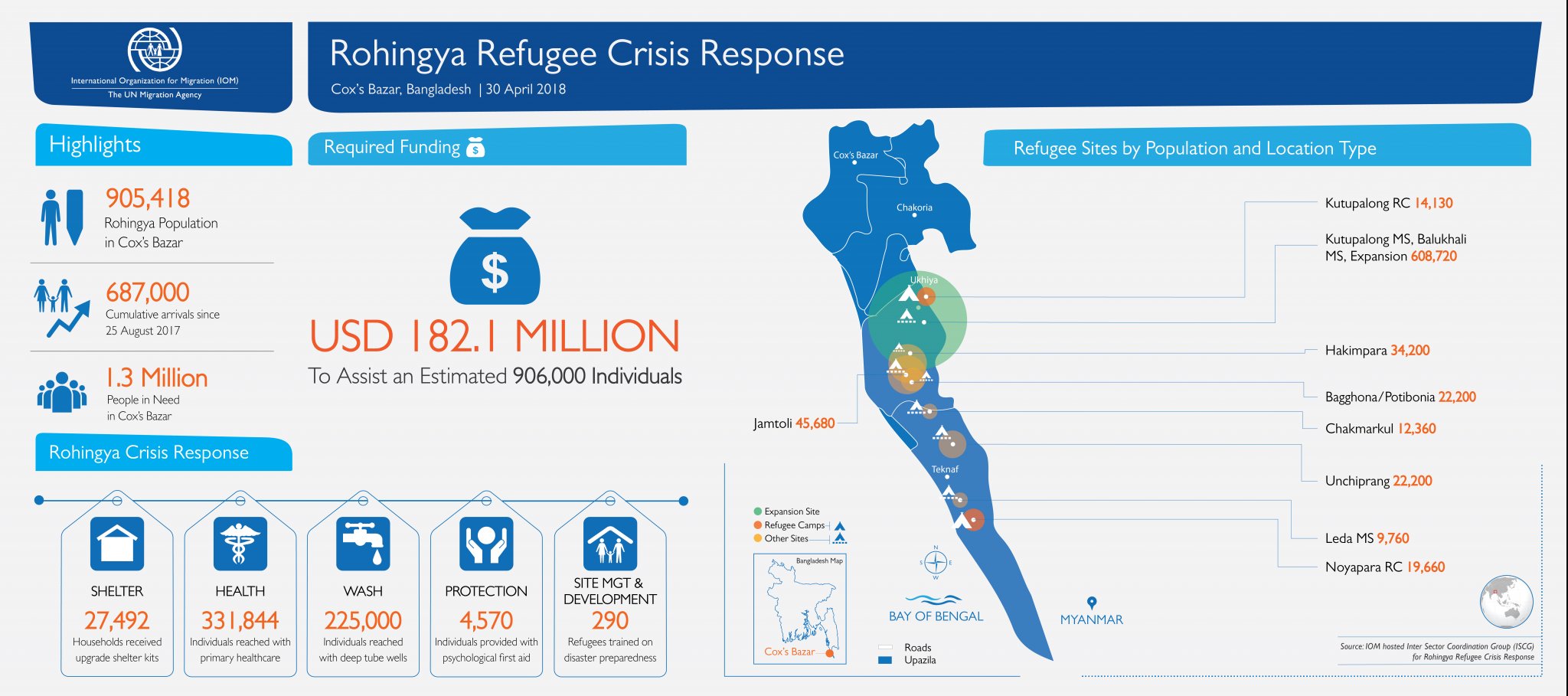
2. As per a report by UNHCR, each individual house, made for 10 people, is currently housing 20-30 people.
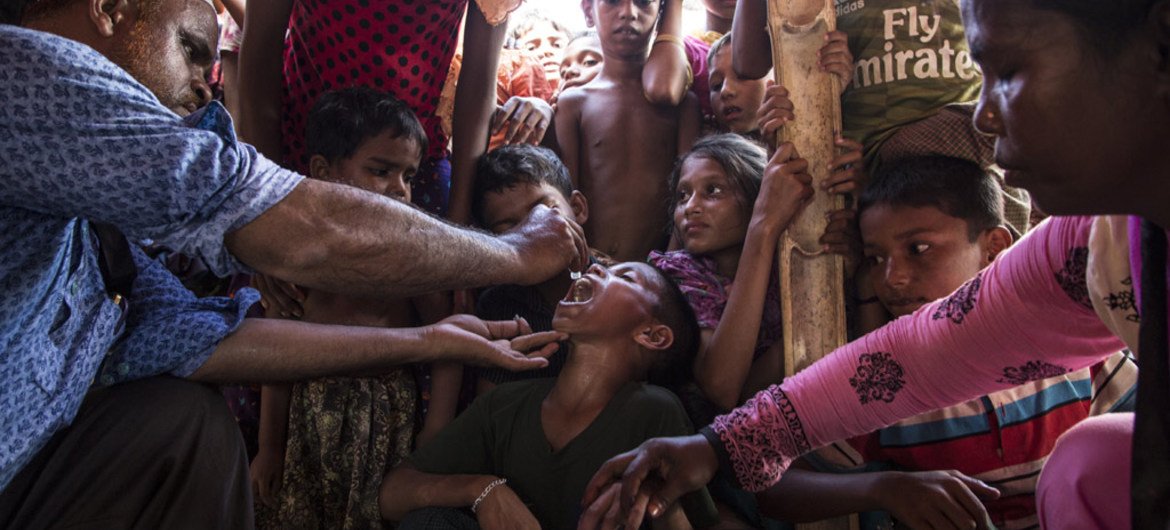
3. The Rohingya Muslim crisis first started in 1982, and the camp has been running for the last 20 years; approximately since 1991, when the Rohingya Muslims first started coming to Bangladesh.
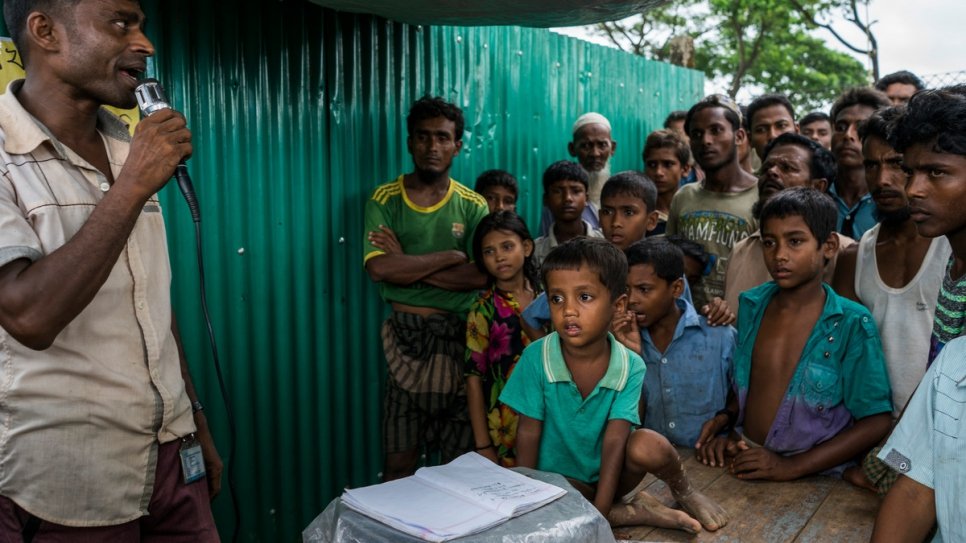
4. Denied citizenship from Myanmar, despite having an ancestry that can be traced back to the eighth century, the Rohingya Muslims were provided aid and shelter by Bangladesh, in its Cox’s Bazar.
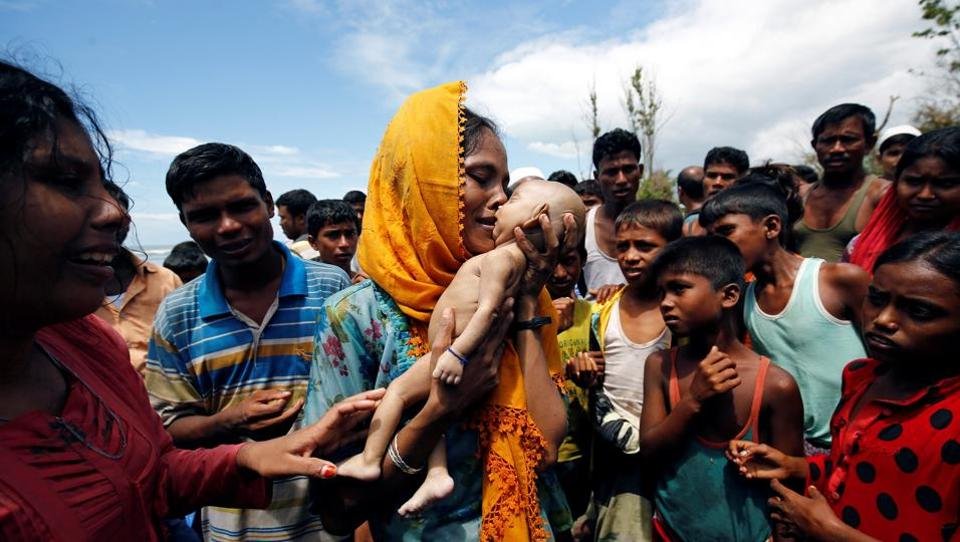
5. Due to the horrific ethnic cleansing in Myanmar, 2017 alone saw the influx of more than 700,000 Rohingya Muslims, that has put a severe strain on the camp resources.
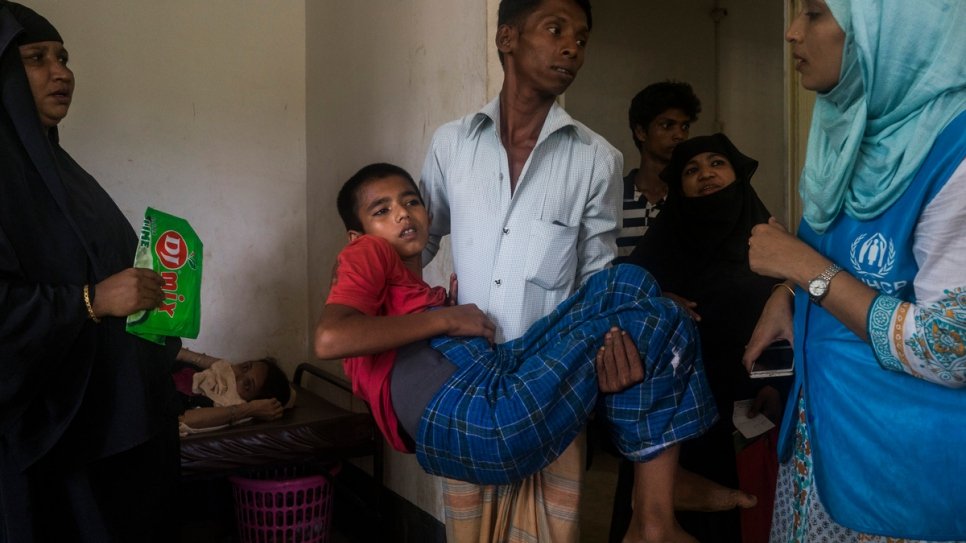
6. Originally occupying only the Kutupalong area, the surrounding camps at Ghumdum, Balukhali, Thangkhali merged into Kutupalong in 2017.
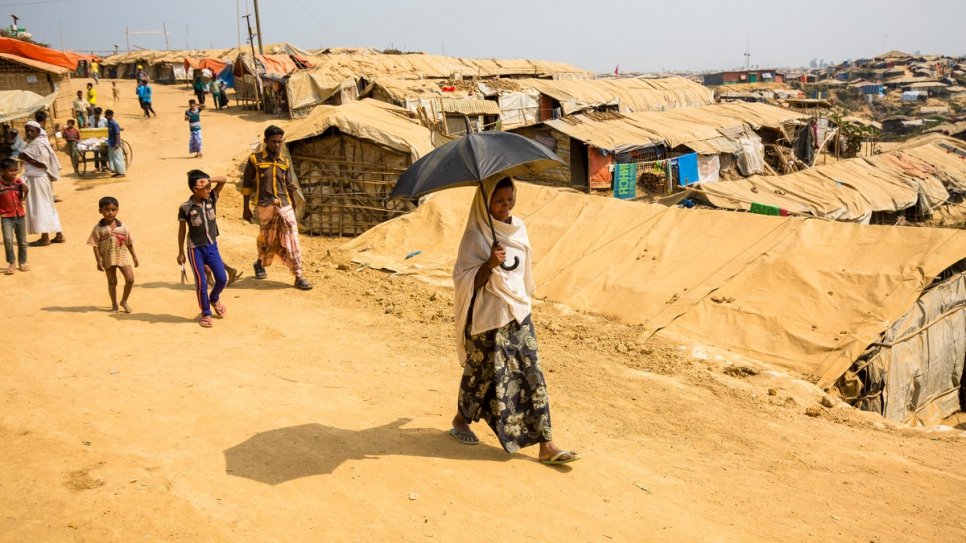
The International Organisation of Migration (IOM), now refers to the collective settlement as the Kutupalong–Balukhali expansion site.
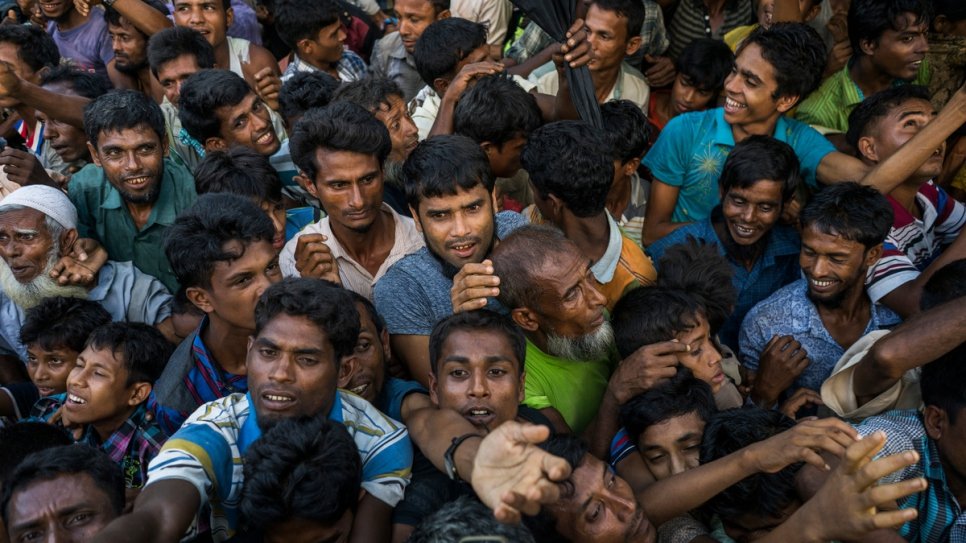
7. Earlier, there were primary schools in the camp that taught up to Grade 5.
However, it was reported that activities like education were temporarily stopped as communal buildings were used to house the new arrivals.
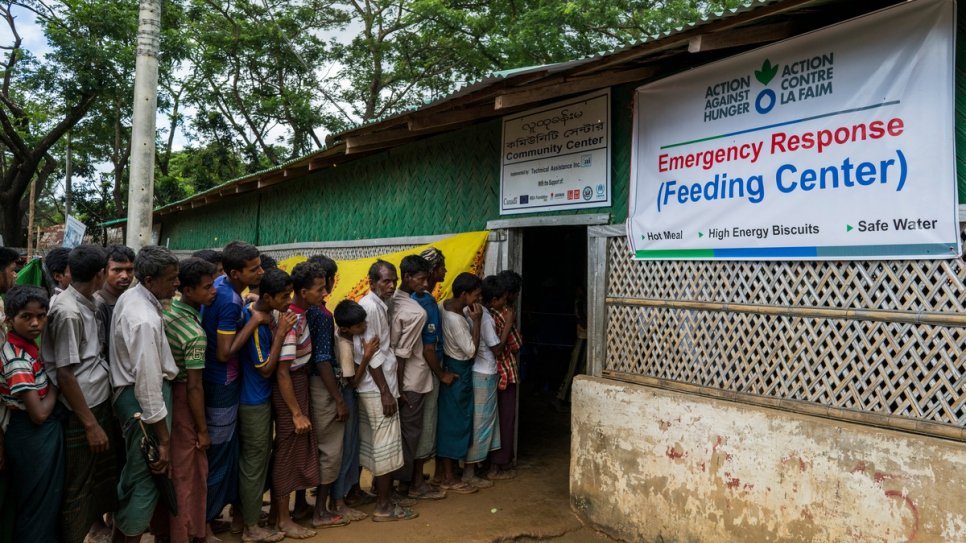
8. Vocational skills, such as tailoring, soap making etc. are taught to the refugees, and many are also encouraged to support the camp organizers.
However, the trade they learn cannot be regularly practiced as they have no means to purchase basic equipment, and they are not allowed to conduct business outside of designated areas.
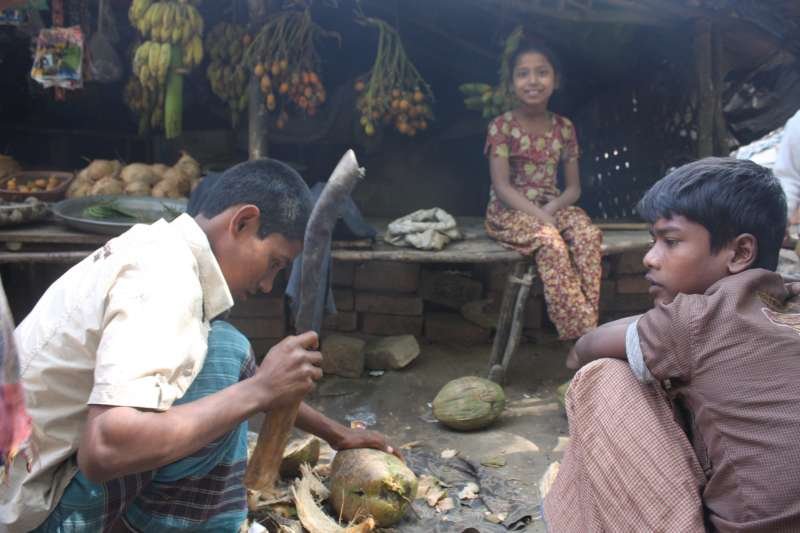
9. Since many refugees reside in makeshift camps (not government recognized) alongside the shelter, nearly 100,000 vulnerable families are in life-threatening danger from landslides, and floods, due to the fast approaching monsoon.
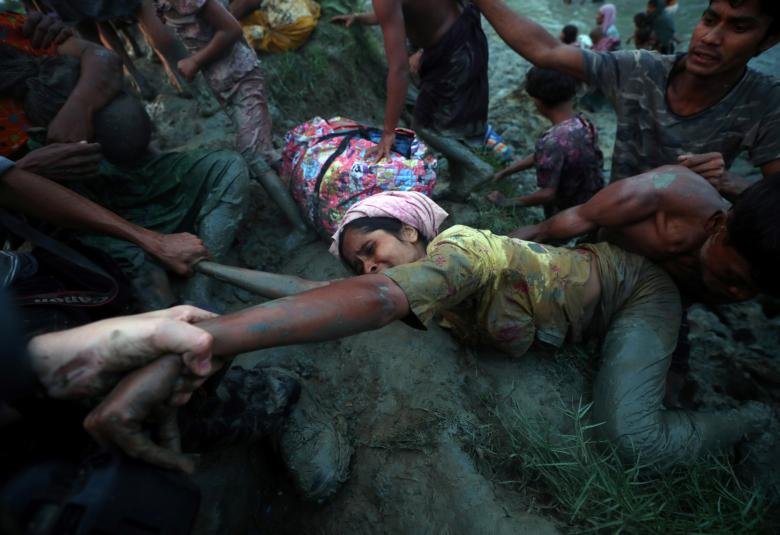
10. Emergency drills (such as the one conducted on March 1) are being conducted by United Nations, as given the scale of challenges, it is impossible to move everyone at risk.
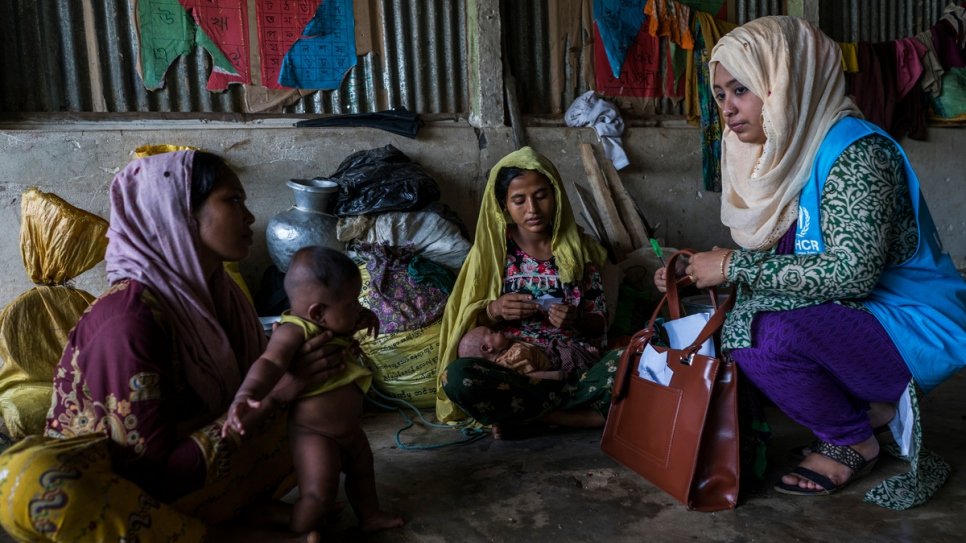
The Rohingya Muslims, both the new arrivals and families that have been living in the area for over 20 years, have a bleak future ahead, despite aid from NGOs, UNHCR, and the local government.
This was not the world their forefathers lived in, but this is the world many of these kids now inhabit – born in exile, with limited or no education, and no means to turn things around.
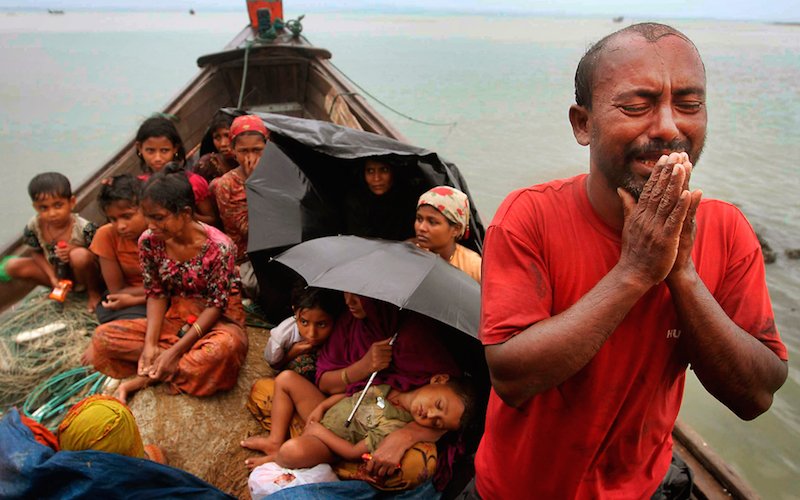
And going by the harsh conditions and the limited resources they have at their disposal, it is easy to believe that this is the only the world they can imagine a future in.
Until the tide changes, unfortunately, it might just sweep them apart first.
You can support their efforts and lend a helping hand to UNICEF in their efforts here.
All images from unhcr.org, unless otherwise specified. Feature image courtesy: reuters.com/Hannah McKay

















